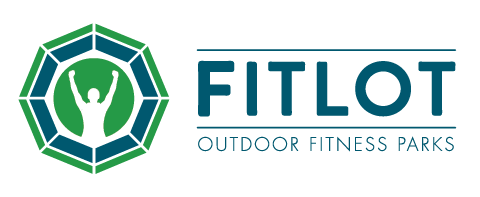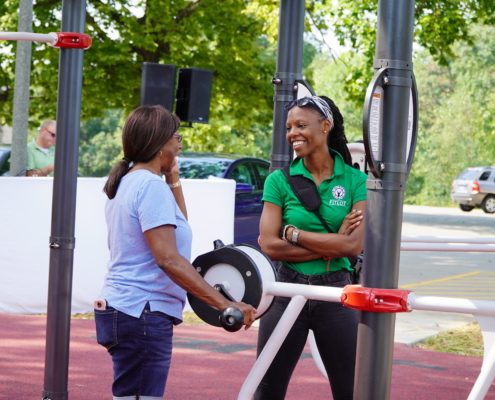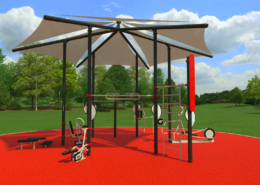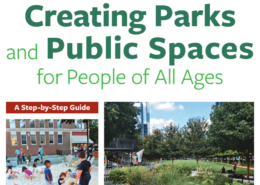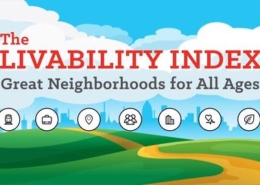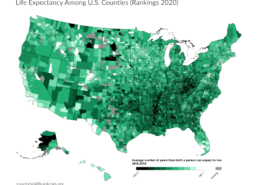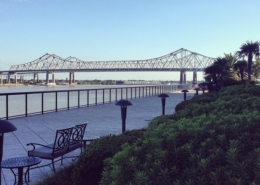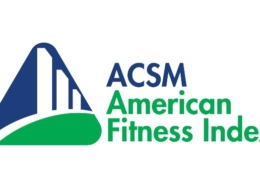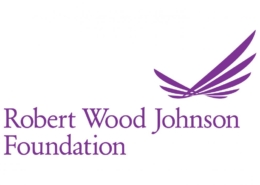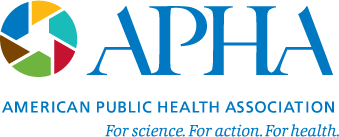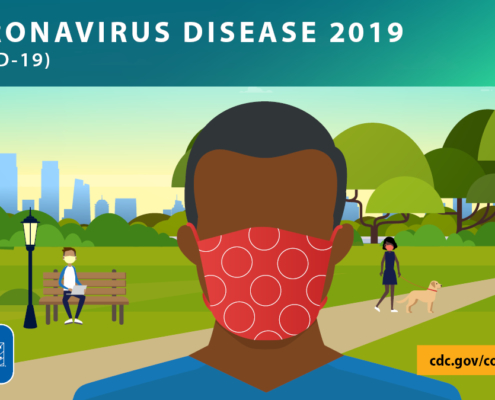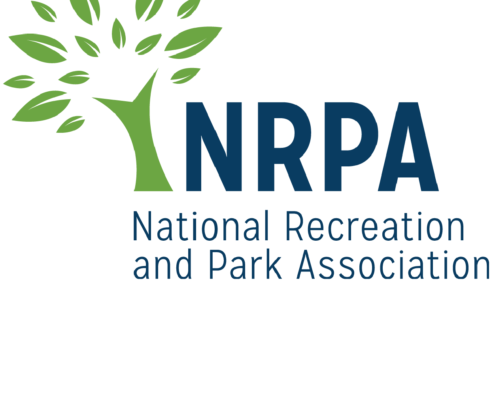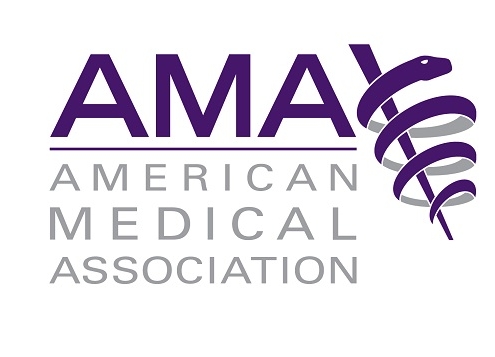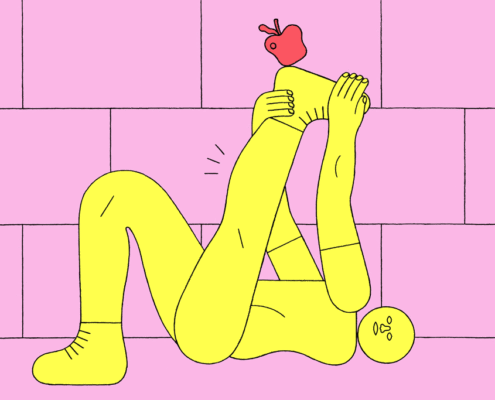 https://fitlot.org/wp-content/uploads/2020/08/21up-heathexercis-jumbo.gif
683
1024
Matt Bailey
https://fitlot.org/wp-content/uploads/2020/03/Fitlot-horizontal-logo-1.png
Matt Bailey2020-08-25 12:16:402020-08-25 12:16:42NYT: Exercise as a wonder drug
https://fitlot.org/wp-content/uploads/2020/08/21up-heathexercis-jumbo.gif
683
1024
Matt Bailey
https://fitlot.org/wp-content/uploads/2020/03/Fitlot-horizontal-logo-1.png
Matt Bailey2020-08-25 12:16:402020-08-25 12:16:42NYT: Exercise as a wonder drugOutdoor fitness parks can play an important role in improving the overall health of a community. Access to well-designed parks and fitness spaces within a 10-minute walk of one’s home not only benefits a person’s physical and mental health but strengthens bonds between neighbors and across communities.
FitLot’s mission is to create stronger, healthier, and move active communities. We believe fitness parks can help address inequitable access to fitness opportunities that ultimately leads to health disparities.
Below, find helpful links to support you in your community health evaluation and park planning process. When you’re ready, download the Plan Your FitLot Guide and get started.
Fitness and Public Health
- From Trust for Public Land Community Health Director Sadiya Muqueeth: “People need access to health care and education. People need affordable food and well-paying jobs. And people need access to nature. For far too long, disenfranchised communities have had to choose which benefit they’re “allowed” to have. But as a society, we can afford all of these things. It’s a matter of focusing our support among communities who are already working to fix the social and structural conditions that cause health problems in the first place.”
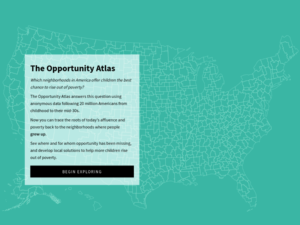 The Opportunity Atlas from Build Healthy Places Network: “Which neighborhoods in America offer children the best chance to rise out of poverty? The Opportunity Atlas answers this question using anonymous data following 20 million Americans from childhood to their mid-30s. Now you can trace the roots of today’s affluence and poverty back to the neighborhoods where people grew up.”
The Opportunity Atlas from Build Healthy Places Network: “Which neighborhoods in America offer children the best chance to rise out of poverty? The Opportunity Atlas answers this question using anonymous data following 20 million Americans from childhood to their mid-30s. Now you can trace the roots of today’s affluence and poverty back to the neighborhoods where people grew up.”- Healthy Communities from the Robert Wood Johnson Foundation: “In our communities, we all should be surrounded by conditions that enable us to live the healthiest life possible, such as access to healthy food, quality schools, stable housing, good jobs with fair pay, and safe places to exercise and play.”
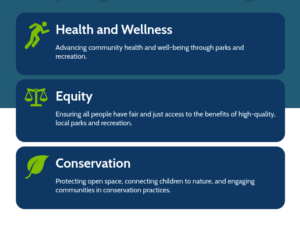 Three pillars of social equity from the National Recreation and Parks Association: “True to the very philosophy of public parks and recreation is the idea that all people – no matter the color of their skin, age, income level or ability – have access to programs, facilities, places and spaces that make their lives and communities great.”
Three pillars of social equity from the National Recreation and Parks Association: “True to the very philosophy of public parks and recreation is the idea that all people – no matter the color of their skin, age, income level or ability – have access to programs, facilities, places and spaces that make their lives and communities great.”- Life expectancy disparities from the Institute for Health Metrics and evaluation: “This new research suggests that policies and programs that promote healthy behaviors could be the most effective in reducing health inequalities, but that socioeconomic status and other related factors should not be ignored.”
Livability and Health Equity
The Healthy People 2020 report discusses ways to foster social and physical environments that promote good health for all. Here are additional resources on wellness and livability factors in our communities:
- The AARP Livability Index helps to assess walkability and lifestyle-related diseases.
- The American Fitness Index was updated for 2020 and features city-level data
- The 500 Cities Project provides “city- and census tract-level small area estimates for chronic disease risk factors, health outcomes, and clinical preventive service use…”
From The Data Center:
“Health equity is the attainment of the highest level of health and well-being for all people. It requires efforts to ensure all people have full and equal access to opportunities that enable them to lead healthy lives.
Conversely, health disparities are avoidable differences in health that are the result of unequal distributions of social, economic, and environmental factors.
Examples include wealth, income, safe housing, quality education and quality health care – all of which influence health from an early age.”
Relevant Articles
National Funding Opportunities
- The Community Development Block Grant (CDBG) program is a flexible program providing resources to address a wide range of unique community development needs. The CDBG program provides annual grants on a formula basis to local government entities and states.
- The Community Facilities Grants program provides grants for rural areas (population up to 20,000) to develop essential community facilities. Grants are available to benefit a variety of public and nonprofit entities including municipalities, counties, parishes, boroughs, and special-purpose districts, as well as non-profit corporations and tribal governments.
- The Land and Water Conservation Fund Coalition provides matching grants to states and local governments for development of public outdoor recreation areas and facilities. The program’s intent is to foster high-quality recreational areas and facilities and to stimulate philanthropic investments in public spaces nationwide.
- Partners for Places is a matching grant program of The Funders Network that improves communities by building partnerships between local government leaders, community groups, and place-based foundations. “National funders invest in local projects developed through these partnerships to advance efforts to create communities that are sustainable, prosperous and just.”
Research on the Benefits of Outdoor Fitness Parks
Research on outdoor fitness parks is new and has room for growth but initial findings are promising. Click below to view a recap of existing research regarding the benefits of outdoor fitness parks.
